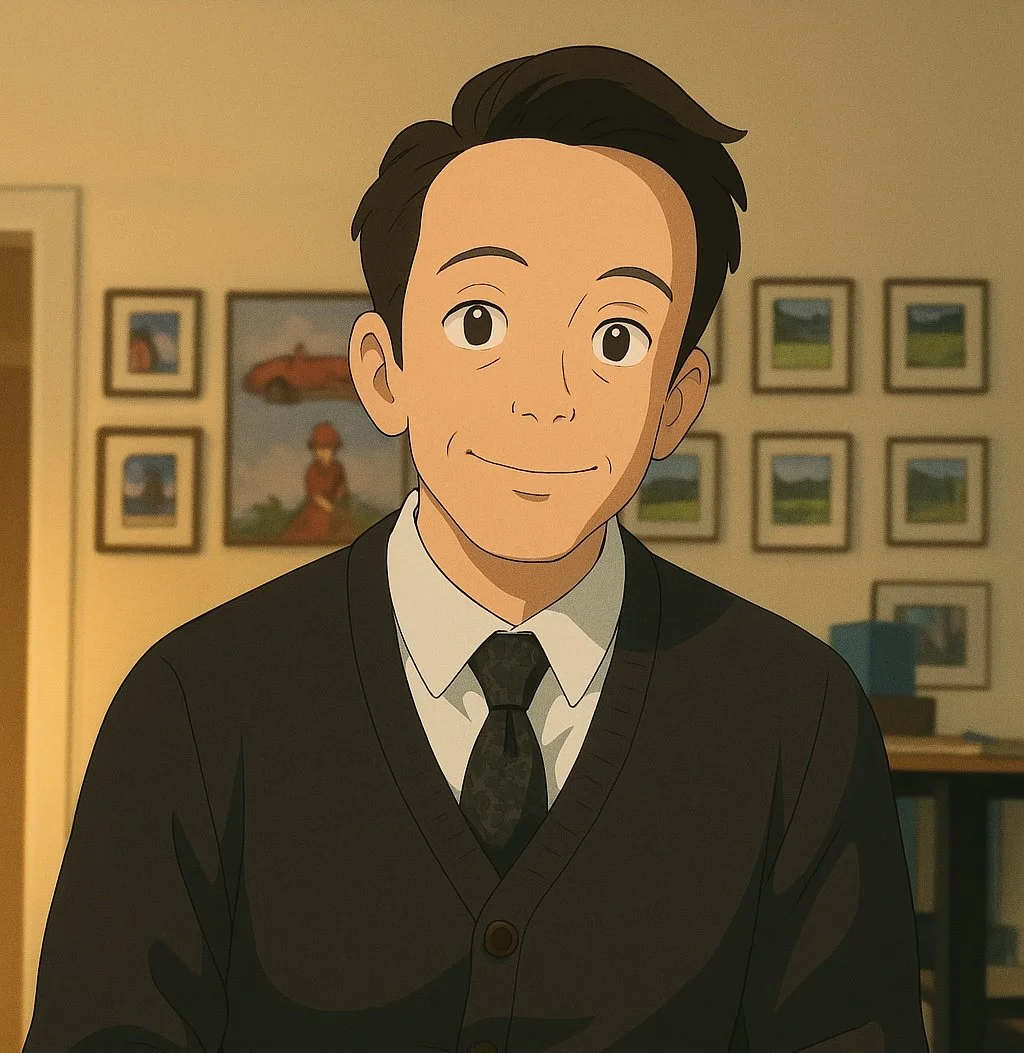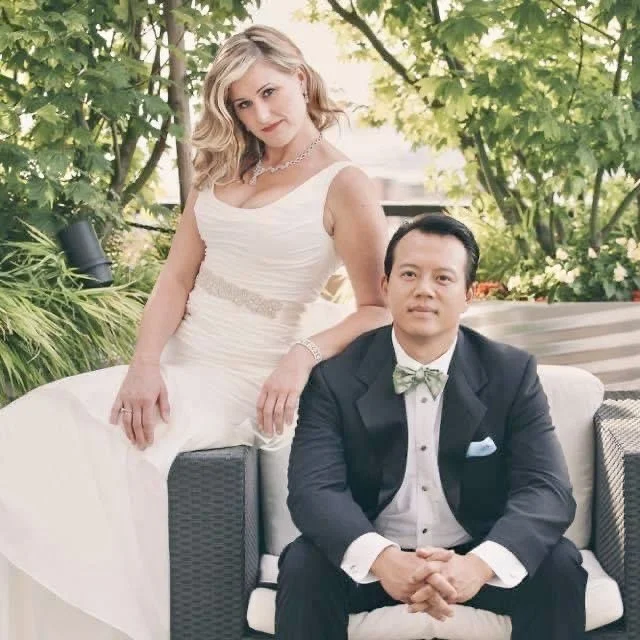Memoir excerpt: Pamela
In 2004, Pioneer Square still held onto its soul. Back then it was the heart of Seattle’s startup scene, raw and unpolished, where the uneven brick streets carried both history and possibility. The air smelled of espresso, wet pavement, and the faint tang of beer drifting out of half-empty taverns. Galleries stood beside pawn shops, dive bars beside coffeehouses where artists and coders argued over ideas. Whole blocks seemed stitched together by oddities, like the endless rug stores that lined the streets. Their windows were stacked with Persian carpets and handwoven runners, yet I never once saw anyone walk out with a rug. We used to joke that they had to be a front for something else, probably money laundering, because no one in Pioneer Square was decorating lofts with five-thousand-dollar carpets. It was a neighborhood where ambition felt rough-edged and real, not yet staged for tourists. Today, much of that grit has been smoothed over. The dive bars have been replaced with cocktail lounges serving craft infusions at twenty dollars a glass. The pawn shops and discount stores have given way to boutiques that sell vintage jackets for the price of a week’s groceries. Restaurants now sit on every corner, with menus written in chalk and entrées priced for visitors, not residents. What once felt like a creative frontier has become a curated showroom. The edges have been polished, the history commodified. But in 2004, the place still belonged to the people who made things, who sketched in notebooks, who argued over startups in secondhand chairs, who believed they could bend the city to their will.
Redfin’s office sat inside the historic Lowman and Hanford building on First Avenue. The sandstone trim caught the morning light, and the tall arched windows opened onto a street that had seen both parades and protests. Inside, the energy felt raw, unfinished, alive. The rooms were cluttered with sketches, taped-up wireframes, half-empty coffee cups, and stacks of pizza boxes from late nights that bled into early mornings. My desk was a nest of papers and printouts from Photoshop, each one an experiment in how a neighborhood might unfold on a map. I obsessed over color gradients, over the way lines curved around parcels of land, over the subtle invitation a button might extend to a user. We were trying to change the way people searched for homes, and most days it felt like a puzzle with a thousand missing pieces.
That was where my mind lived most of the time, inside maps and pixels. But on one particular day, my focus shifted because of a figure standing in the hallway.
I first saw Pamela by the elevators.
The mirrored doors caught the light from the tall windows, and there she was, waiting. She wore a white blouse and a skirt, though the exact details have grown hazy over time. What I remember clearly is how she held herself. She was tall in heels, her shoulders set back, her posture saying without words that she belonged. There was nothing rehearsed about her stance. She did not fidget, did not perform nervous habits, did not glance around to see if she was being watched. She simply stood, poised and still, as if she had nothing to prove.
Her hair caught the filtered light, wheat-colored, shifting between honey and ash as she moved. It was not just hair but a kind of living thing, reflecting the room, soft yet strong. Her eyes were storm-gray with flecks of blue and green, like the sky in the moments before a summer storm. They seemed to measure you against something larger, something unspoken. I would come to know that look well, the way she could read a person in silence, the way her attention could make you feel both vulnerable and understood.
That is how I remember it.
Pamela remembers it differently. Ask her today and she will laugh, shaking her head, saying that I barely noticed her at all. She insists I was buried in my work, probably hunched over Photoshop files, fussing over fonts or agonizing over the angle of a street label on the Redfin map. She says I did not look up until much later, and that whatever story I tell now has been polished by hindsight. She says men like to rewrite their first meetings, to believe they were more attentive than they truly were.
And maybe she is right. Memory is not a photograph. It is a funny mirror, bent by time and feeling. Perhaps I did not see her fully in that moment. Perhaps my recollection has been rewritten by the years we have shared, by the storms we have weathered together. Perhaps what I recall is not the sight itself but the truth of what she would come to mean.
What neither of us denies is the impression she left. Even if I had only glanced, something about her presence carved itself into me.
At the time, I did not know she had two children. That detail came later, delivered with a calmness that said she was not asking for permission or approval. She was stating her truth. Jesse and Taylor were not just part of her life, they were her life. Some men might have hesitated. I did not. I had grown up surrounded by children, trailing my mother as she worked as a nanny, learning to soothe cries, warm bottles, and change diapers before I even had words for responsibility. To me, children were not obstacles. They were part of the fabric of love, part of what it meant to carry a life forward.
If anything, her being a mother only deepened my respect. She was not only standing there as a woman interviewing for a job. She was carrying two lives with her. She was balancing ambition with obligation, independence with sacrifice. And she did it with grace, without complaint, without fanfare.
We began slowly, not with declarations but with conversations. At work, we shared quick exchanges, fragments of ourselves folded into long hours. I told her about the frustrations of design, the way I chased pixels late into the night. She told me about juggling schedules, about the quiet fatigue that comes with doing everything yourself. She listened differently than most. She asked questions that lingered, questions that forced me to explain not just what I was working on but why it mattered.
Our early days were not wrapped in romance staged for photographs. They were stitched into ordinary hours, into dinners after long shifts, into walks on wet streets, into quiet conversations while Jesse or Taylor played nearby. There was no room for pretense. We met each other in the middle of our lives as they were, messy and real.
Pamela had layers I discovered slowly. She could be elegant, carrying herself into a room with grace that turned heads. She could be earthy, sitting cross-legged on the floor in sweatpants, hair pulled back, laughing at something on television. She could be serious, holding silence until her words came out measured and deliberate. She could be playful, quick with a joke or a glance that dared you to respond. She was never only one thing, and yet every version of her was wholly herself.
Sometimes, I watched her with Jesse and Taylor and saw love in its truest form. The way she bent low to listen, the way she brushed hair out of Taylor’s eyes, the way she held Jesse’s stories as if they were treasures. There was a patience in her that was not rehearsed. It was instinct. It was who she was.
Looking back, the details of that first meeting blur. I cannot remember the exact cut of her skirt or whether she smiled at me that day. But I remember the air shifting. I remember the stillness of her stance. I remember the storm in her eyes.
Pamela will still tease me, saying I only pieced the story together later, that my version is too cinematic. And maybe it is. But memory is not about accuracy. It is about meaning. The truth is that from the moment I saw her, whether in full awareness or in some quieter recognition, a thread was tied. I did not yet know how far it would stretch, but I knew it was there.
She was not just a woman waiting by an elevator. She was the axis around which my life would begin to turn.
And if I were to write it again, with all the honesty I can offer, I would still begin there, in the Lowman and Hanford building, with the storm in her eyes, the wheat in her hair, and the quiet electricity of her presence, waiting not only for a job but for the life that would unfold from that moment on.

